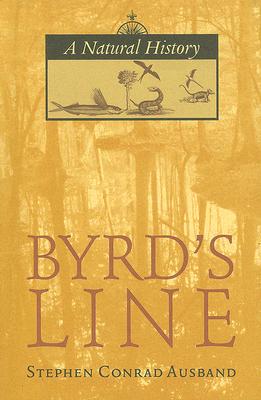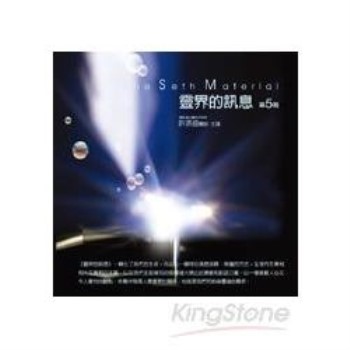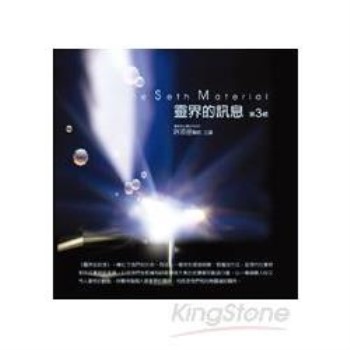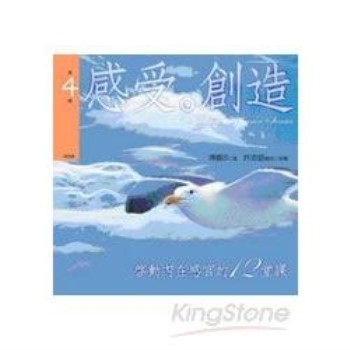In 1728, William Byrd, the wealthy, English-educated master of Westover plantation, undertook a journey with a troop of commissioners, surveyors, and woodsmen to determine the exact boundary between North Carolina and Virginia. Byrd was not only an indefatigable explorer but also an amateur naturalist and diarist of considerable skill. He recorded the journey in two classics of colonial literature-- The History of the Dividing Line and The Secret History of the Line--which showcase in varying measure his keen observations of natural phenomena, his erudition, his predilection for exercise and sexual conquest, and his witty and elegant prose.
William Byrd and Stephen Ausband are separated by almost three hundred years, but they share a similar literary inclination complemented by an amateur interest in nature. Like Byrd, Ausband has tramped the dividing line and returned with a lively, informative book.
Byrd's Line is Ausband's dialogue with Byrd across the years. It still requires a hike or a four-wheel-drive vehicle to reach the remote beach where Byrd began his survey. As Ausband slogs through the Great Dismal Swamp and the thickets and forests that Byrd wrote about, he interlaces his own adventure with quotations from Byrd. These range from descriptions of chestnut trees and passenger pigeons, both gone now, to accounts of the local inhabitants, both native and European.
Byrd often mused about what would happen to the land in the future. While some of the dividing line still feels like wilderness, it is crisscrossed today by bridges and roads, its forests felled and paved over for parking lots and subdivisions, its waters diverted or drained. Ausband's story, therefore, is a natural history of a changed region. It is also an accessible introduction to the mind and words of an extraordinary early American.

 看圖書介紹
看圖書介紹










